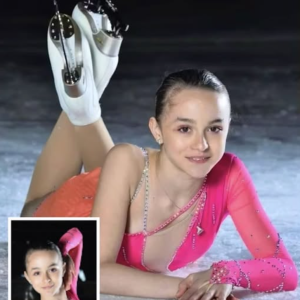People were SHOCKED when they saw what emerged from the sea. Tourists on the Romanian coast were surprised by what they saw in the water. Along with the sea waves, a wounded dolphin was brought to the shore.
The dolphin was pulled out of the water in an attempt to save it, but unfortunately, it had no chance. Experts say it is a mammal of the Delphinus Delphis species.
Multiple wounds were found on its body, most likely caused by fishermen’s nets.
In the Black Sea, three species of marine mammals are found:
Common dolphin (Delphinus delphis ponticus)
Bottlenose dolphin (Tursiops truncatus ponticus)
Harbor porpoise (Phocoena phocoena relicta)
The Black Sea dolphins differ in both morpho-anatomical characteristics and their primary food sources. The bottlenose dolphin and harbor porpoise mainly feed on fish and other benthic organisms, while the common dolphin’s diet consists of fish and other organisms found in the water column.
Based on these elements, each species prefers specific habitats: the first two species are predominantly found in coastal areas, while the common dolphin is usually encountered in offshore zones.
The common dolphin has a bluish-gray to brown color on its dorsal side, with a V-shaped lateral boundary that is very light. A pigmented band, varying in darkness, connects the lower jaw to the insertion of the pectoral fins. The dorsal, pectoral, and caudal fins are black to gray-brown.
At birth, their size is around 0.80-0.95 m. In the Black Sea, they do not exceed 2 m (males – 177 cm, females – 159 cm). They are highly sensitive to chemical and acoustic pollution. Generally, they gather in groups of 10-15 individuals, as well as in pairs or isolated individuals. They swim very rapidly, reaching speeds of approximately 50 km/h. They perform short-duration dives and frequently breathe at the surface, with intervals of 1/3 seconds. They inhabit depths of up to 70 meters.
They reach sexual maturity at the age of 2 years, and the gestation period is 10 months, with weaning at 4 months. They exhibit highly developed maternal instincts. Their lifespan is estimated to be 25-30 years. Their main diet consists of small pelagic fish (sprat, anchovy, gobies) and crustaceans, although other species such as horse mackerel, cod, bluefish, red mullet, sea bass, shrimp, and mollusks are often found in their stomachs. Their daily food intake is approximately 10 kg.





